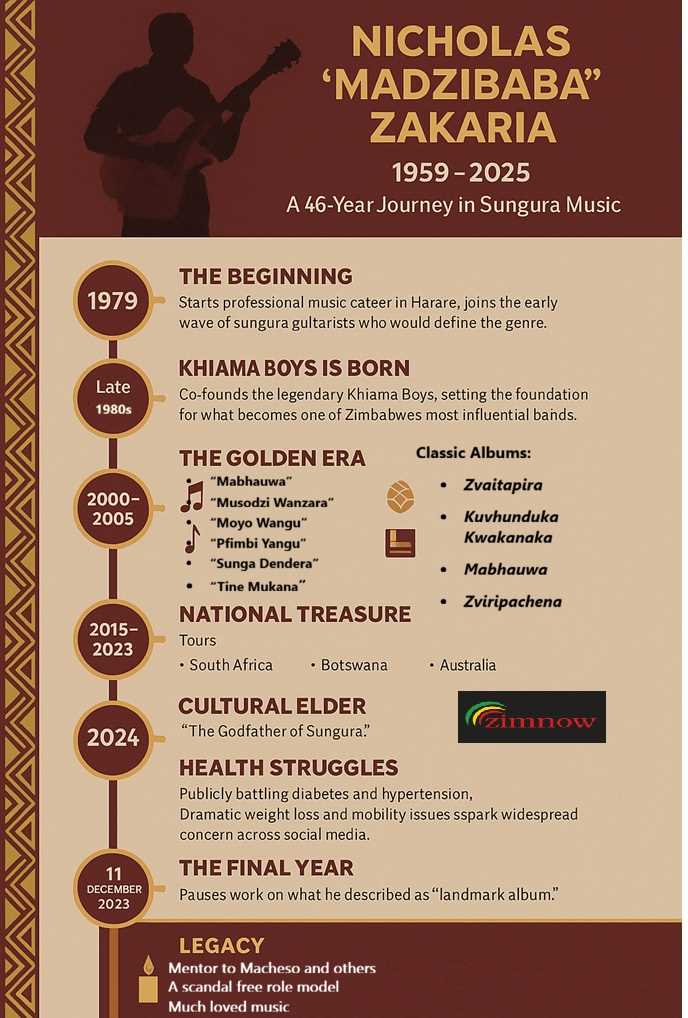Patience Muchemwa- Senior Reporter
On a quiet street corner in Belvedere, the air is thick with the scent of sizzling garlic and soy.
Inside a modest eatery, a group of local diners shares a plate of kung pao chicken, chopsticks in hand and laughter in the air.
Chinese cuisine—once considered exotic and unfamiliar—is now a vibrant part of Zimbabwe’s evolving food culture.
Over the past decade, Zimbabwe has seen a noticeable rise in Chinese restaurants, grocery stores, and food stalls, particularly in cities like Harare, Bulawayo, and Mutare. What initially catered to expatriate communities has now taken root in the local palate. From dumplings to hot pot, the flavors of the East are finding new fans every day.
More than just meals, these dishes represent a growing cultural exchange. Local chefs are learning Chinese techniques, while Chinese restaurateurs are adapting to Zimbabwean tastes—sometimes blending traditional flavors in dishes like Sadza stir-fry or spicy beef with muboora (pumpkin leaves).
This growing interest in Chinese cuisine was reinforced in June, when a delegation of Zimbabwean media professionals visited China on a cultural exchange tour.
At a dinner hosted at Elone Me International Hotel in Shanghai, they encountered a small surprise: there wasn’t enough standard cutlery. With little choice, the guests embraced the experience and reached for chopsticks.
Related Stories
“It was a bit awkward at first,” one participant shared afterward, laughing. “But once you get the rhythm, it’s actually quite fun—and the food tastes even better when you’re eating it the traditional way.” Many enjoyed it so much they brought chopsticks back home to continue practicing.
This hands-on cultural immersion didn’t stop at hotel banquets. In Changsha, Hunan province, some joined bustling evening markets filled with street food vendors. From skewered meats and spicy noodles to unfamiliar desserts, they sampled a variety of local delicacies.
“There was something magical about it,” another participant reflected. “You walk through these lantern-lit streets, music in the background, and you just follow your nose to the next dish.”
These experiences speak to a broader trend. While China’s presence in Zimbabwe is often discussed in terms of trade or infrastructure, it’s the everyday cultural exchanges—like sharing a meal—that build genuine people-to-people connections.
Chinese food is becoming more than a curiosity. It’s showing up in casual takeout menus, mall food courts, and fusion pop-ups across Zimbabwe’s cities. Some local chefs are even training in Chinese cooking techniques, exploring how to combine them with African ingredients.
Though occasional tensions exist—over cultural misunderstandings or concerns about economic imbalance—culinary exchange remains one of the most accessible and unifying forms of diplomacy.
As Zimbabwe’s food scene continues to diversify, Chinese cuisine may well become a permanent fixture. Restaurants are no longer seen as foreign enclaves but as social spaces where cultures intersect—often over a plate of spicy noodles or sweet-and-sour pork.
And for those Zimbabwean media professionals who learned to use chopsticks in Shanghai, their culinary journey continues—one meal at a time, chopsticks firmly in hand.



















Leave Comments